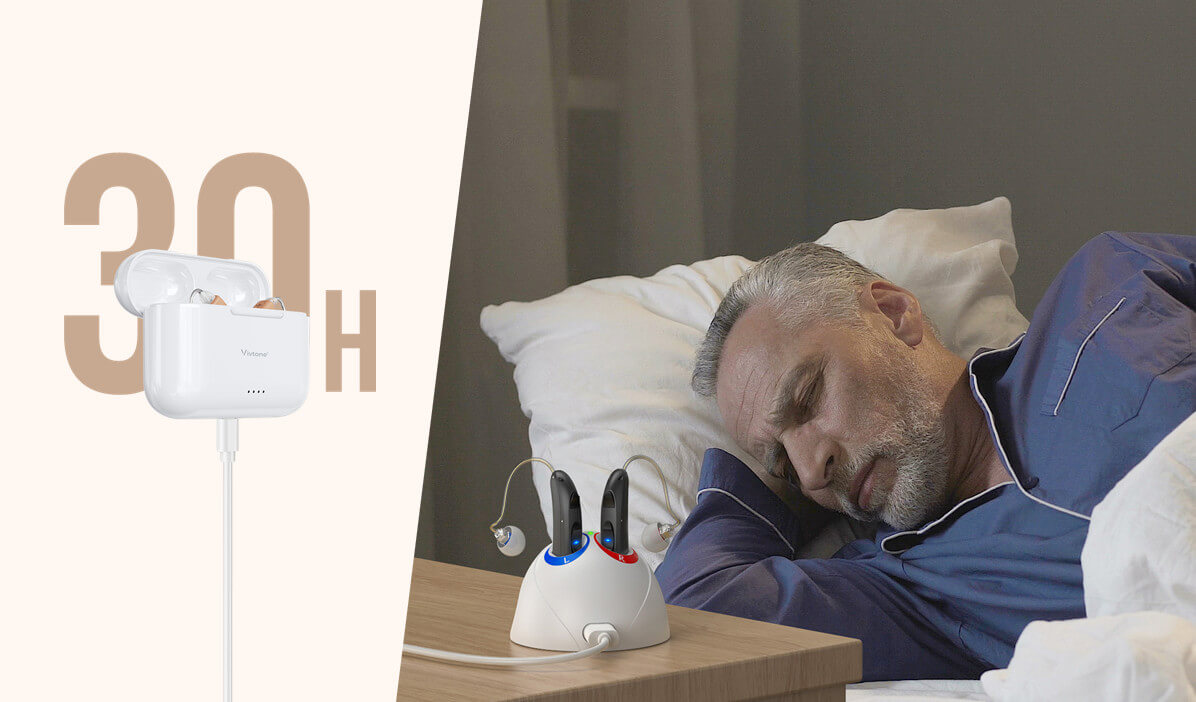Unlock a World of Sound: Discover the Secrets to Choosing the Perfect BTE Hearing Aids!
In a world filled with sounds, the ability to hear is a vital part of human experience. For those experiencing hearing loss, hearing aids can dramatically transform everyday life, enhancing communication and reconnecting individuals with their environment. Among the various types of hearing aids available, BTE (Behind-the-Ear) hearing aids have gained popularity due to their adaptability, comfort, and performance. These devices sit comfortably behind the ear, delivering amplified sound through a tube that directs it into the ear canal. This article will guide you through the process of selecting the perfect BTE hearing aids tailored to your unique needs, ensuring you make an informed choice that will help you unlock a world of sound.

Understanding BTE Hearing Aids
BTE hearing aids are designed to sit behind the ear, making them one of the most common types of hearing aids available. They consist of a hard plastic case that houses the electronic components, a tube that connects to a custom earpiece, and a speaker that delivers sound directly into the ear. BTE aids are particularly beneficial for individuals with varying degrees of hearing loss, as they can accommodate larger batteries for prolonged use and provide more amplification than smaller devices. Additionally, their design allows for easy adjustments and maintenance. The versatility of BTE hearing aids makes them suitable for users of all ages, and their reliability and sound quality often surpass that of other styles, such as in-the-ear (ITE) aids.
Factors to Consider When Choosing BTE Hearing Aids
When it comes to selecting the right BTE hearing aids, several key factors play a crucial role in ensuring a suitable match for your needs. First and foremost is comfort; since these aids rest behind the ear, a proper fit is essential to avoid discomfort during prolonged wear. Sound quality is another significant consideration; you'll want hearing aids that provide clear and natural sound reproduction. Battery life is equally important, especially for those who lead busy lives and may not have the time to recharge or change batteries frequently. Moreover, the technology features available in BTE hearing aids can enhance your listening experience, so it's essential to consider what options align with your lifestyle and preferences. Lastly, evaluating your hearing loss severity will help you determine the level of amplification and features required for optimal performance.
Comfort and Fit
Finding a comfortable and well-fitting BTE hearing aid is paramount. Each individual has unique ear shapes and sizes, which can affect how hearing aids sit on the ear. Many manufacturers offer different sizes and styles of earpieces, including customizable molds that can be tailored to fit your ear perfectly. A friend of mine, who recently started using BTE aids, emphasized the difference that a proper fit made in her day-to-day life. Initially, she struggled with discomfort until she opted for a custom mold that provided the necessary support without pinching or causing irritation. Ensuring that your BTE hearing aids fit well can make a significant difference in how often you wear them and how effectively they perform.
Technology Features
The landscape of hearing technology has evolved dramatically, and many BTE hearing aids now come equipped with advanced features. Bluetooth connectivity allows users to connect their hearing aids to smartphones, televisions, and other devices, providing a seamless audio experience. Noise reduction technology can filter out background noise, allowing for clearer conversations in noisy environments, while customizable settings enable users to adjust their aids to best suit their surroundings. My colleague, who is an avid music lover, swears by the noise reduction feature, claiming it has rejuvenated her ability to enjoy concerts and social gatherings without feeling overwhelmed by excess noise.
Comparing Prices and Options
When it comes to purchasing BTE hearing aids, comparing prices and options can be daunting. Start by evaluating the features that matter most to you and consider the value each model provides. It's important to understand that the cheapest option may not always be the best in terms of quality and longevity. Create a list of essential features and use it as a reference to narrow down your choices. Additionally, reading reviews and seeking testimonials from other users can offer valuable insights into the performance and reliability of different models. Remember to take into account the warranty and aftercare services, as these can significantly impact your overall satisfaction and experience with the hearing aids.
Consulting Professionals
One of the best strategies for choosing the right BTE hearing aid is consulting with hearing professionals. Audiologists and hearing aid specialists can provide personalized assessments based on your unique hearing profile and lifestyle needs. They can guide you through the selection process, helping you understand the pros and cons of various models and technologies. A friend of mine found this approach incredibly helpful; after her initial consultation, she was able to try on various models before making her final decision. The expertise of a professional can often lead to better outcomes and ensure you find a solution that truly enhances your hearing.
Final Thoughts on Selecting BTE Hearing Aids
Choosing the right BTE hearing aids is a significant step towards enhancing your quality of life and reconnecting with the world around you. By understanding the components and benefits of BTE aids, considering factors such as comfort, sound quality, technology features, and consulting with professionals, you can make an informed decision. Remember, the goal is to find a hearing aid that not only meets your specific needs but also fits seamlessly into your lifestyle. With the right BTE hearing aids, you can unlock a world of sound and enjoy clearer communication and enriched experiences.








